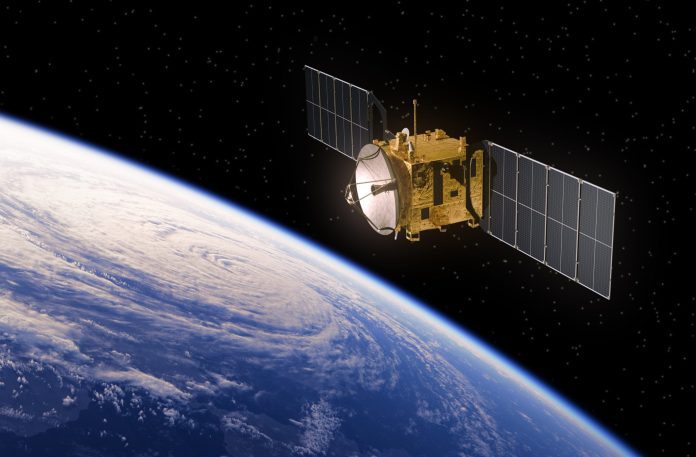The number of satellites in orbit that can be used for IoT connectivity will grow by 150 percent over the next five years, according to UK-based IoT analyst group Juniper Research. The forecast says the total number of satellites will grow from 10,000 in 2024 to over 24,000 by 2029; the headline on the press release says 15,000 IoT satellites will be launched over a period of five years.
Juniper Research explains the forecast growth in terms of “increased demand for connectivity in nomadic locations from IoT network users”. Almost all (98 percent of) the new launches are destined for low-earth orbit (LEO), at an altitude of less than 1000 kilometres, just because of the lower costs associated with it. The research is available here, and covers the period to 2030.
The research urges substantial investment in multi-orbit satellite solutions that combine the low latency and high throughput of LEO satellites and the wide geographical coverage of geostationary (GEO) satellites over a single service. It writes: “This will enable satellite IoT providers to cater for the wide spectrum of IoT use cases, including [both high- and low-power] connections.”
It recommends satellite operators form strategic partnerships around infrastructure and logistics to fill coverage gaps between LEO and GEO capabilities. It said a range of IoT connectivity requirements (“nomadic operational areas and conditional monitoring”) require both LEO and GEO services in tandem. “Partnerships… will be essential to attract enterprise users in these sectors,” it said.

